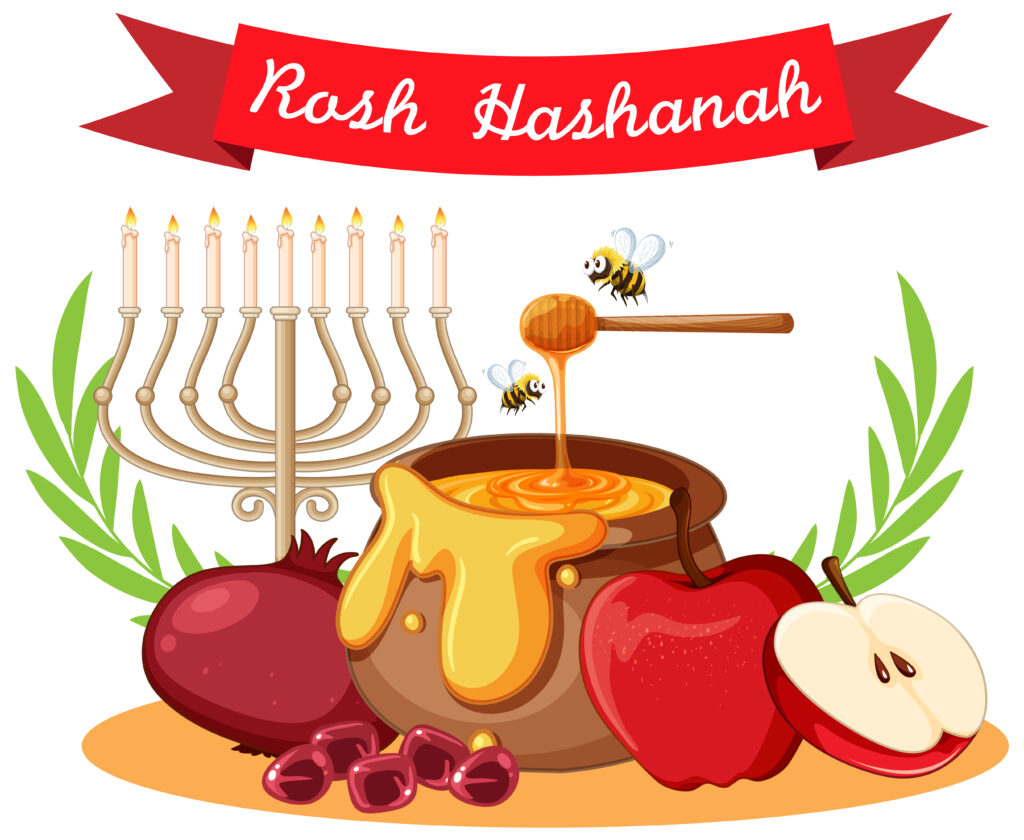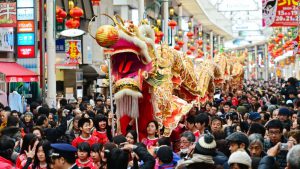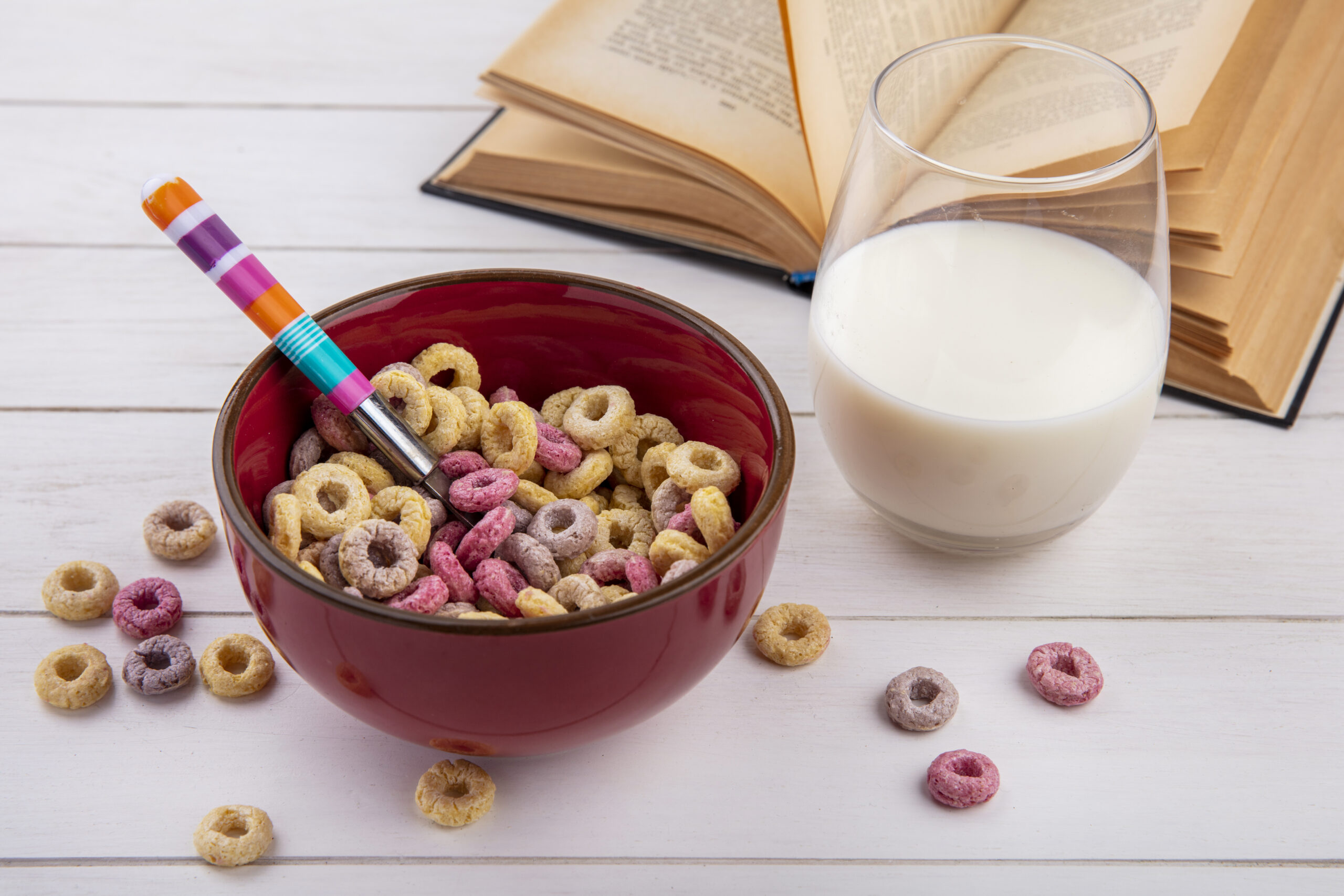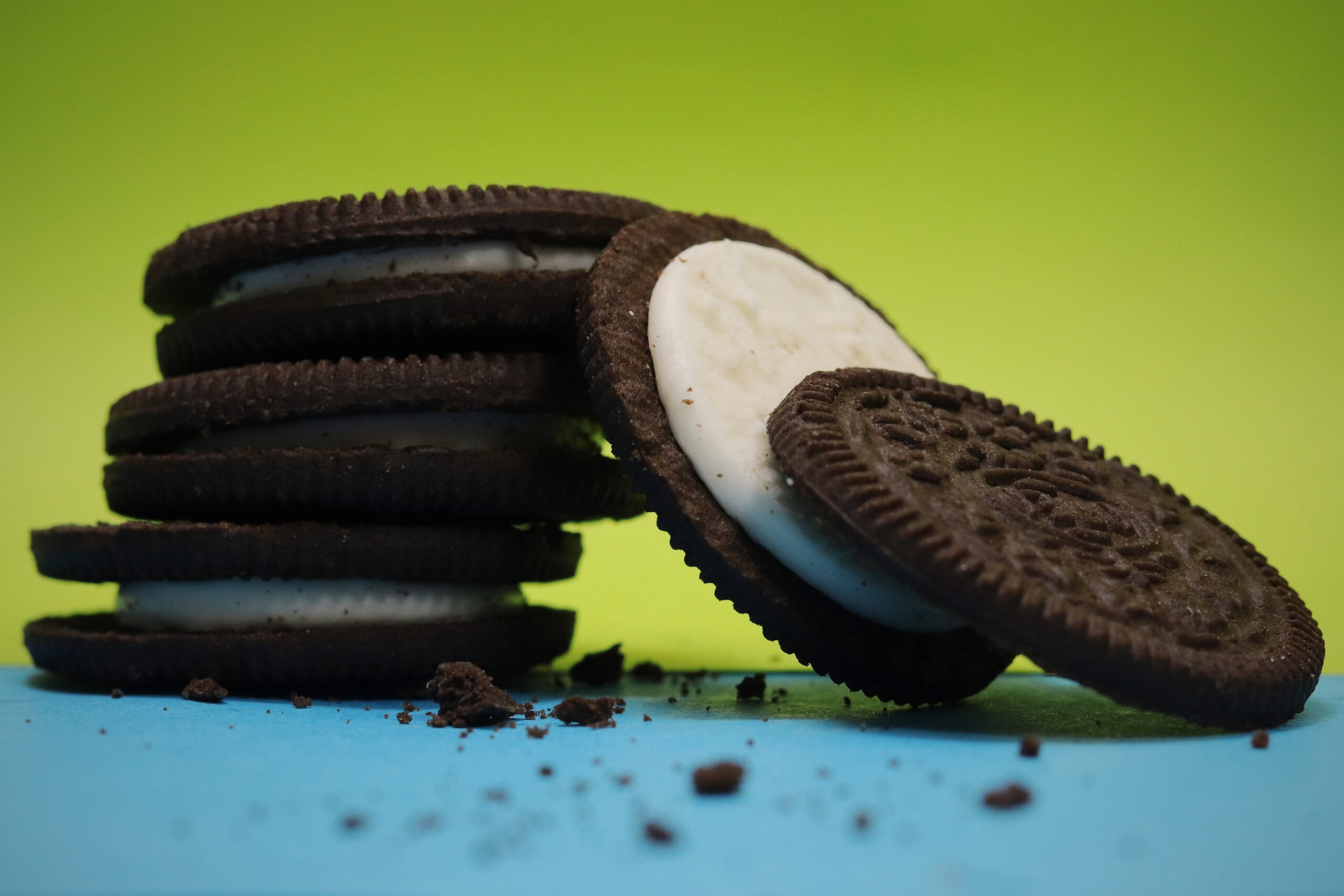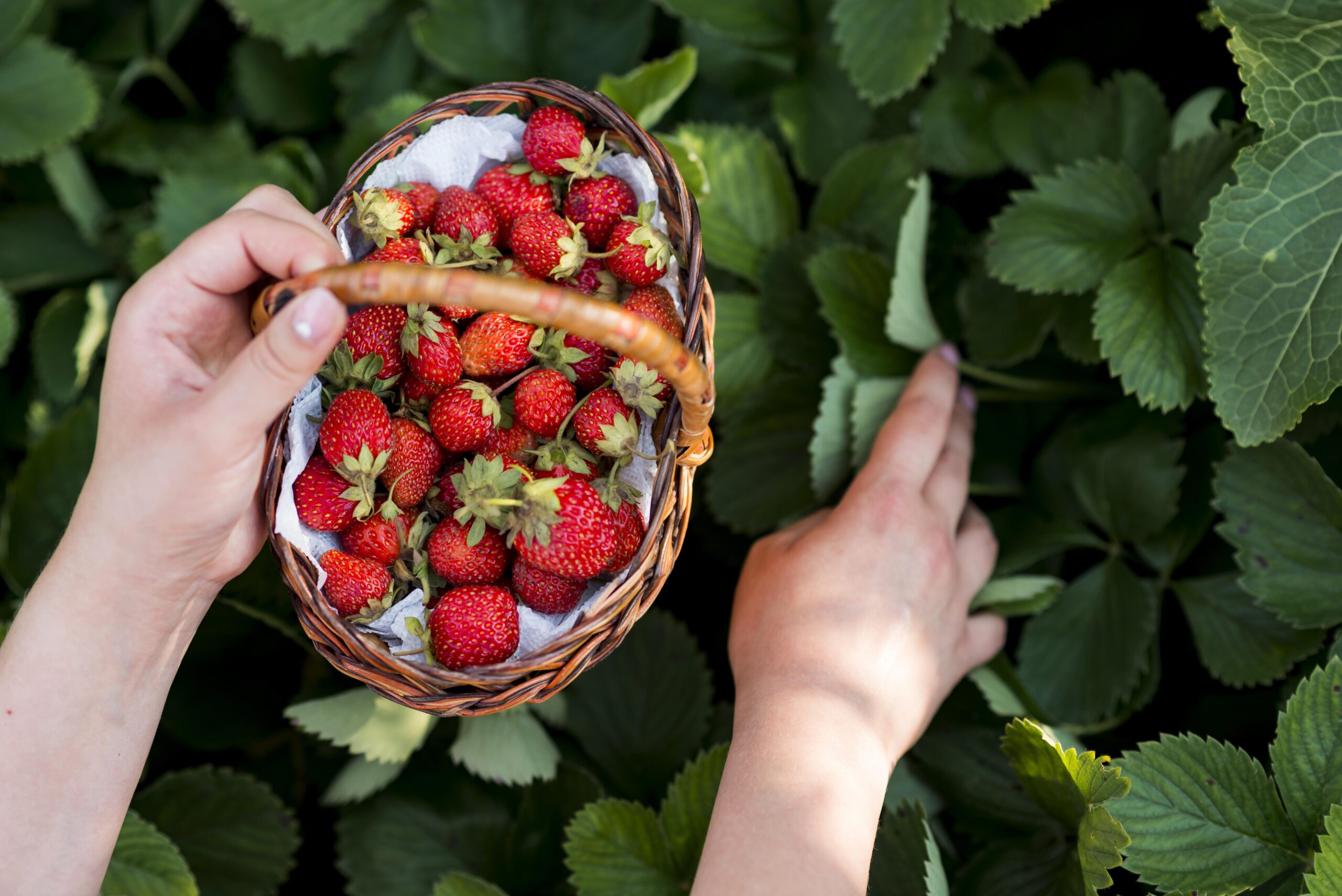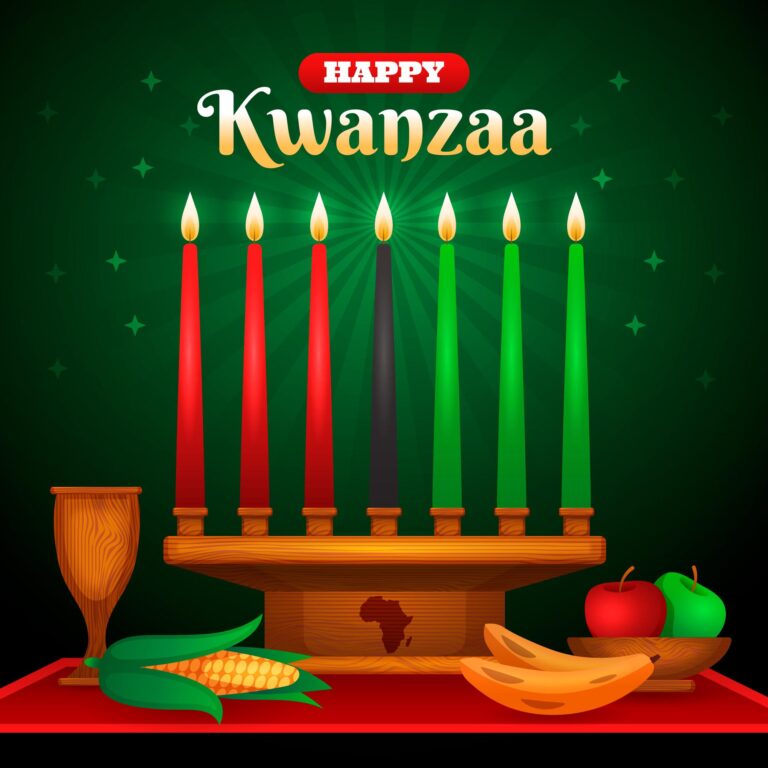Rosh Hashanah is the festival of the Jewish New Year, celebrated by people of the Jewish faith all over the world. The event takes place 163 days after Passover and lasts up to two days. It is also considered the first High Holy Day. It takes place after the last moon of the summer leaves
Holiday Traditions
Rosh Hashanah falls on the first day of the Jewish month of Tishrei, which is associated with Adam and Eve’s creation. The day is marked with rest and prayer. Observers will spend more time reading religious poems and reciting prayer on this day.
Many of these prayers follow the tradition of tashlikh, the ritual of reciting prayers near rivers, streams, and other bodies of naturally flowing water. Some use a fish pond if these are not available. New York Jews will perform the custom while standing on the Brooklyn and Manhattan bridges. This practice symbolically casts sins into the water, which is why the water must be naturally moving, sometimes represented by throwing rocks into the water. Many Jews then spend the day in the synagogue reading the story of Abraham and observing regular religious services given with the daily liturgy.
Jews will also issue customary greetings in Hebrew, meaning “Good Day”, “May your final sealing be good”, and “May you be inscribed for a good year.” Customs also include practices done on most Jewish holidays. One of these is Kiddush, a specific prayer to be said over grape juice or wine. A prayer book called the Machzor is used on specific holidays, including Rosh Hashanah. A good deed, called a Mitzvah, is the command to blow the shofar.
They will also blow the shofar, an instrument fashioned from an animal’s horn in order to wake up observers, a ritualistic alert for the judgment of God in the New Year. The traditional meal is full of symbolic foods from the Talmud, attended by close family and friends. Foods served may include:
- Honey and apples, which are representative of the new year
- Dates
- Pomegranates—this fruits many seeds make it a symbol of fruitfulness
- Black-eyed peas
- Spinach
- Leeks
- Gourds
- Rodanchas, pastries stuffed with pumpkin
- Stuffed vegetables
- Beets
- Challah bread
- Geflite fish
Historical Background
The Jewish people have been celebrating the New Year since the ancient days of the Israelites. Early celebrations centered on giving thanks for the year’s harvest. Rosh Hashanah is the first day of the Yamin Noraim, or Days of Awe, a ten day period focused on repentance and reflection. Rosh Hashanah itself carries the themes of judgment and commemoration, making the Jewish New Year much more solemn that other New Year’s celebrations. It is a common day for seeking forgiveness from people you have wronged.
High Holidays
Also called High Holy Days, these days include Rosh Hashanah, Yom Kippur, and sometimes the 40-day period before Yom Kippur, symbolic of Moses’s 40 day experience on Mount Sinai, where he received the Torah.















